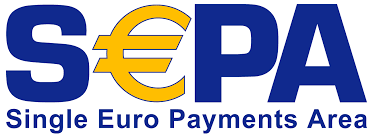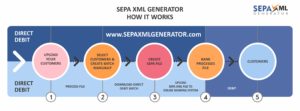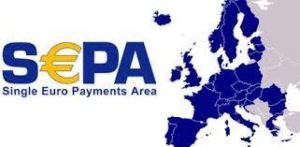A History of SEPA XML

SEPA stands for Single Euro Payments Area, and as you can guess the standard was established by the European Union. Effectively it is a standard that all the countries within the European Union adhere to, allowing for harmonisation when it comes to cashless transfer between banks and their direct debit clients.
Not only does SEPA relate to Direct Debit (SDD) transactions, but it also covers financial transfer such as:
- credit transfers (SCT)
- instant credit transfers
But why was SEPA setup, what are the advantages, and why the SEPA XML Format?
Why was SEPA Developed
Well, the 28 EU Counties adhere to the SEPA standard including the UK (which is most likely to stay within the standard), and also includes countries in Europe but not in the EU, including: Andorra, Iceland, Vatican City, Switzerland, Liechtenstein, Monaco, Norway and San Marino. So, the total number of countries generating SEPA XML files are 36.
SEPA History
Really, the introduction of the Euro currency in 1999 drove the need for standardised financial transactions, allowing for easier trade between EU states. And in 2007, the EU passed the Payment Services Directive. And come 2011 SEPA replaced national payments.
So, the advantages of SEPA XML transfers are:
- Quick Transfers of Payments
- Lower costs when making payments and international transfers
- Cross Boarder Transfer Fees have been significantly reduced
So, the question is, are you a company which would like to register to take direct debits and then generate the necessary SEPA XML file onto your online bank in order to collect your regular payments?
Do you have SEPA XML Requirements?
Contact the SEPA XML GENERATOR team today and we will provide you with a free SEPA XML Generator account. A free SEPA XML account which you can test with your bank and experience the software for yourself before you make any decision to purchase a license.

